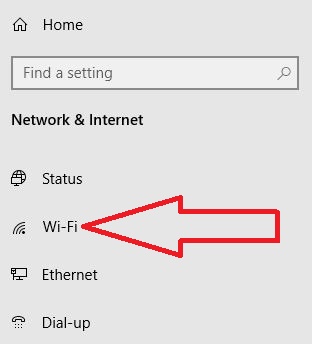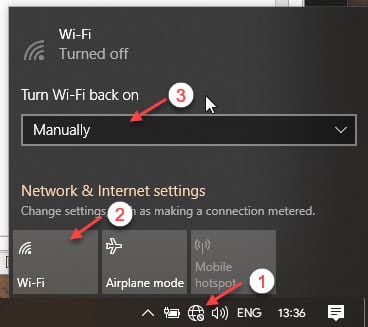

While Miracast is its own standard, it builds upon the WiFi Direct technology to allow for secure screen mirroring.

Other WiFi-specific brands, such as Miracast, also use WiFi Direct to communicate. It also plays a central part in other systems and communication standards, such as near field communication. Like Bluetooth, you can use it to send files, share your screen with other devices, play games directly, share your internet connection, and more. This allows for a seamless (yet secure) connection between the devices. WiFi Protected Setup (WPS) is then used to authenticate, with a push button or PIN code used to establish a connection. WiFi Direct works by enabling a software-generated access point on the host device, creating a temporary WiFi network in the process. You don’t need an existing WiFi network to connect to, as the connection is made directly between two devices. WiFi Direct is a standard that allows the use of WiFi radio frequencies (typically 2.4GHz and 5GHz) to make direct, peer-to-peer connections with other devices. There are plenty of devices that support WiFi Direct (under various names), so if you want to know more about WiFi Direct in Windows 10, here’s what you’ll need to know.

Windows 10 has direct WiFi Direct support, but if you’re planning on using it, you’ll need to know what it’s good for (and whether it’s safe to use it or not).


 0 kommentar(er)
0 kommentar(er)
